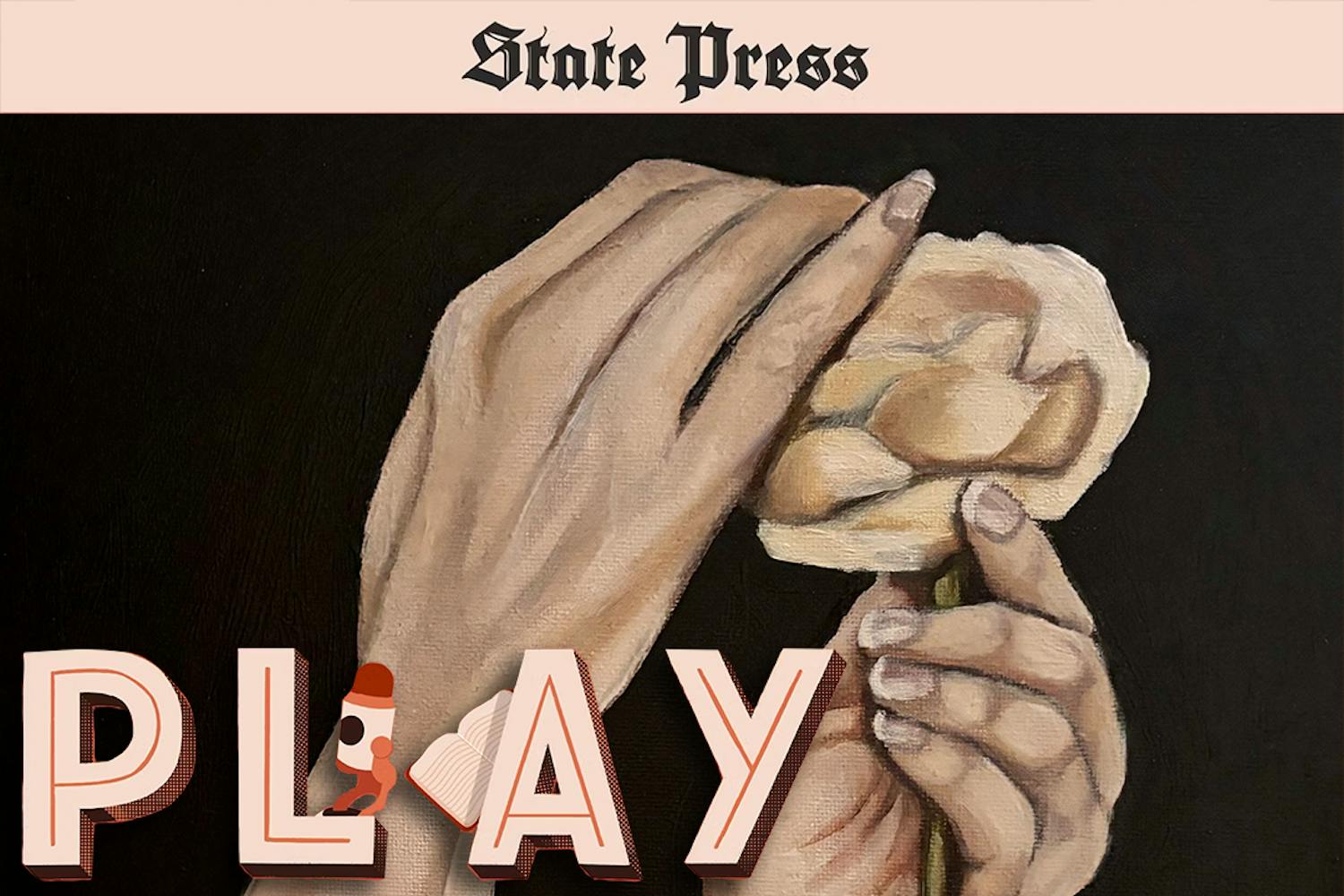There are times in life when one reads a book, an article or something using words to sketch a portrait. Our imaginations often render their own images to fill gaps of misunderstanding.
Then, Hollywood pumps out a film-version of what we read. However, a movie version usually doesn't match our preconceived notions, or sometimes it does.
After years of reading Time and National Geographic articles and watching CNN and the film Kandahar, viewing Osama wasn't surprising. Rather, it visualized my reading.
Osama is the first real film produced inside Afghanistan in the post-Taliban era. Although the government has been overthrown, the film renders the medieval lifestyle of the oppressed Afghans. While Osama only simulates the Taliban rule, it also exposes issues that have risen in subsequent years. Hoards of buildings hollowed out by war and great fissures into the Soviet past pave a patriarchal road that is hard to cross. Walls also shamelessly fall and prefer to exist as dust in the hope that the wind will whisk the dust away. Bomb-bruised ground awaits a recalcitrant healer, only consoled by the cries of daily prayer.
Centered on the exploits of a young teenage girl (Marina Golbarhari), nicknamed "Osama," the film illustrates the dichotomy between the lives of women and men. Osama's mother and grandmother need her to work for food. Because women cannot work she cuts her hair and dresses like a boy. Shortly after starting work, the Taliban drag her off to school, thinking Osama is a boy. Inundated with Koran passages, suspicions of other students and an inability to climb down from a tree, she finds herself hopelessly confused. This is, of course, a society where women are not educated, not permitted to work and have to wear burkas in public.
Such subjugation makes men the only useful sex in Taliban culture. Islam is the law, however, and the government ruthlessly enforces it. While Osama is the main character, she does not stand out as much as the bizarre mixture of the ancient and modern worlds. While the scenery features dilapidated buildings, Osama also confronts the audience with the notion of modernity. Chickens scamper through a dirt street, hooded women and bearded men stroll, heads tilted downward, hands to the side. Even the air sinks in oppression. In a scene that bridges the 18th and the 21st centuries, only a machine gun-mounted Toyota turns time's hands to the present.
Osama is a significant film in a suffering nation, producing a single film every three years. Director Siddiq Barmak is the real thing. A graduate from the University of Moscow, he was involved in Afghan filmmaking before and after the Taliban regime. Of course, the government confiscated much of his repertoire during its rule. The cast of Osama, interestingly, are natives who lived under Taliban rule. When casting, Barmak did not hold auditions but sifted through schools, orphanages, refugee camps and other public facilities. He found Golbarhari on the street.
Due to Barmak's method of casting, the actors needed little training for their roles, except for structured lines and a plot. However, the mentality of a character is as important as the content of a film itself. Barmak's cast probably needed little training in simulating their own recent past. Religious extremism, paternal oppression, dismal cities and ironic natural beauty blend to form a culture without identity and a life of mindless droning. This is a place even McDonald's fears to tread.
In the overprivelaged Western world, where disagreeable hair, love handles and a dreadful grade can ruin one's day, Osama is a refreshing change. In the Western world, we have mirrors in which to see our faces, cosmetics to beautify them and books to educate us. We also have food, literacy and money. Thus, it's easy to forget that everything is relative. Perhaps that's why McDonald's employees are some of the richest people in the world. Perhaps that's why Harkins has kept Osama in theatres for more than a month. If you can handle subtitles and want reassurance with regard to how lucky you are, be sure to catch Osama.
Chris Kark is a reporter for the Web Devil. Reach him at christopher.kark@asu.edu.



